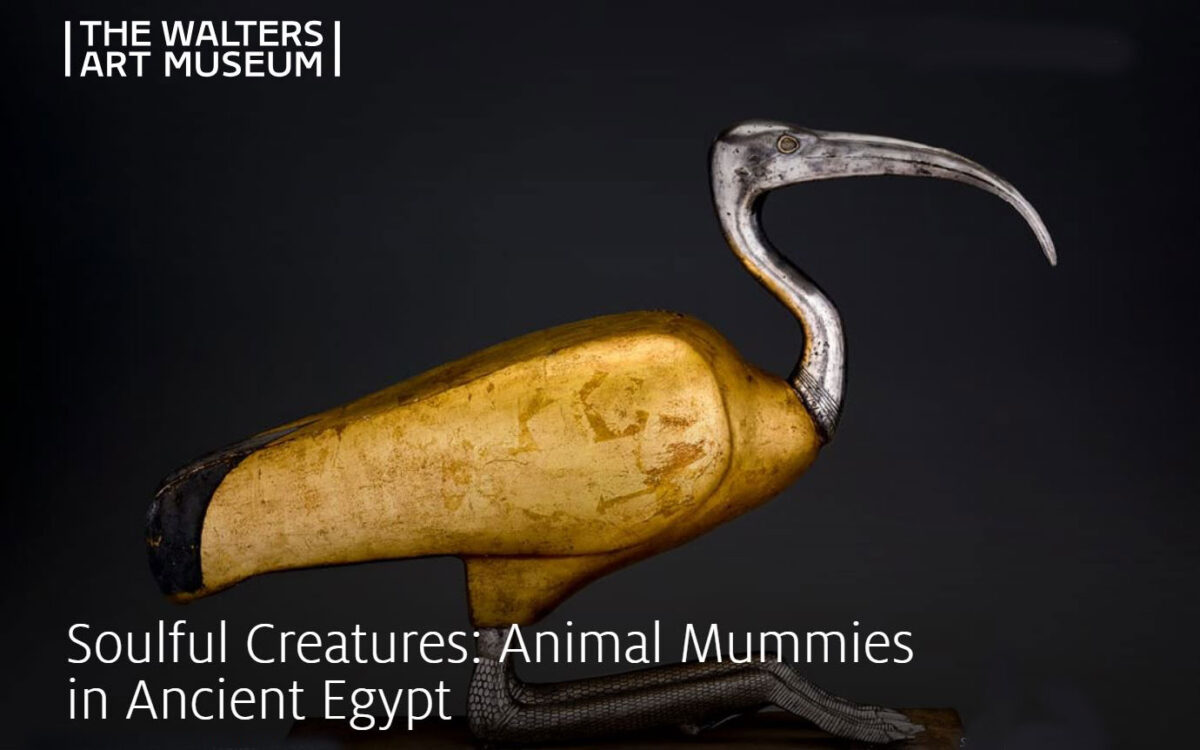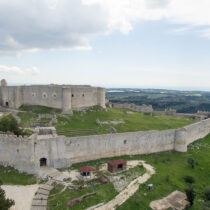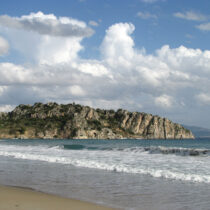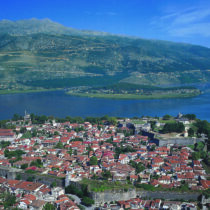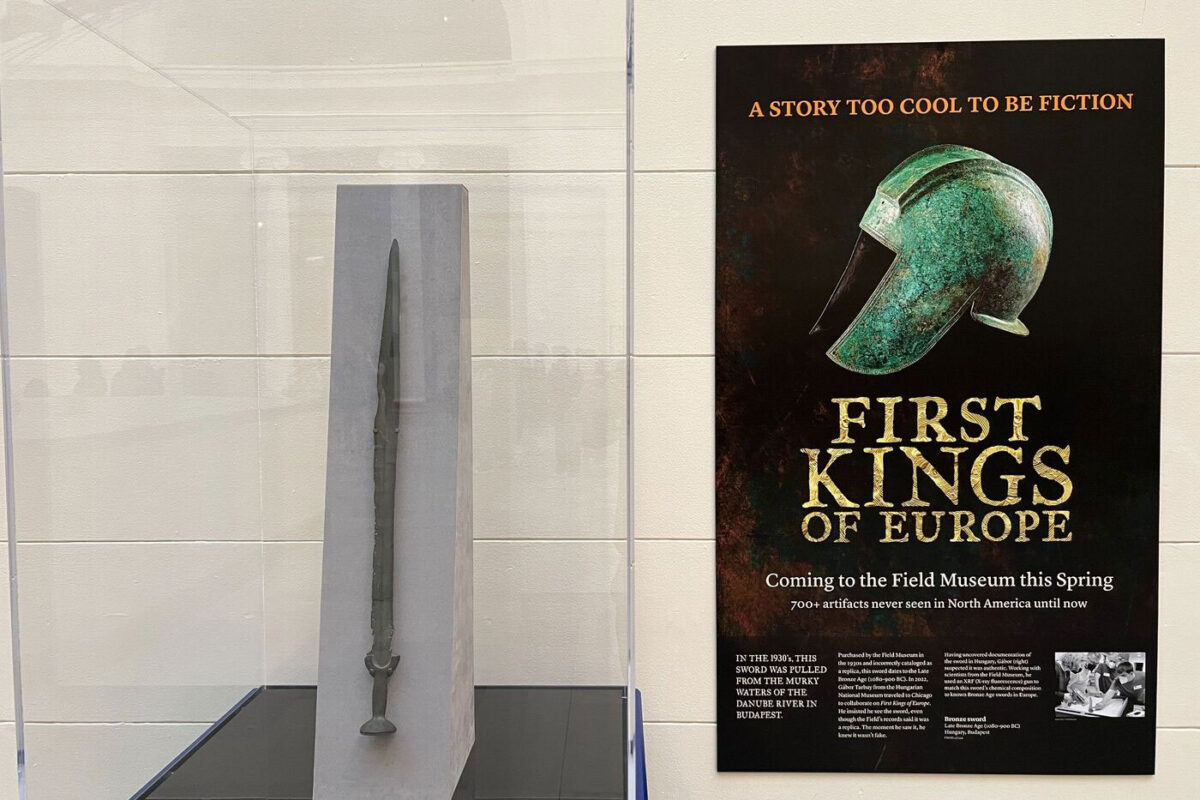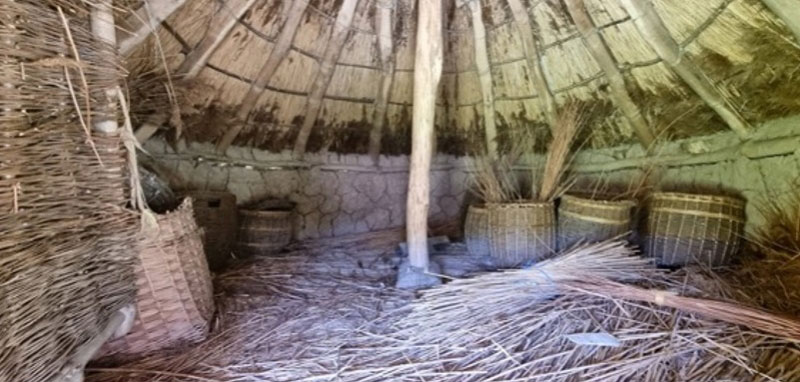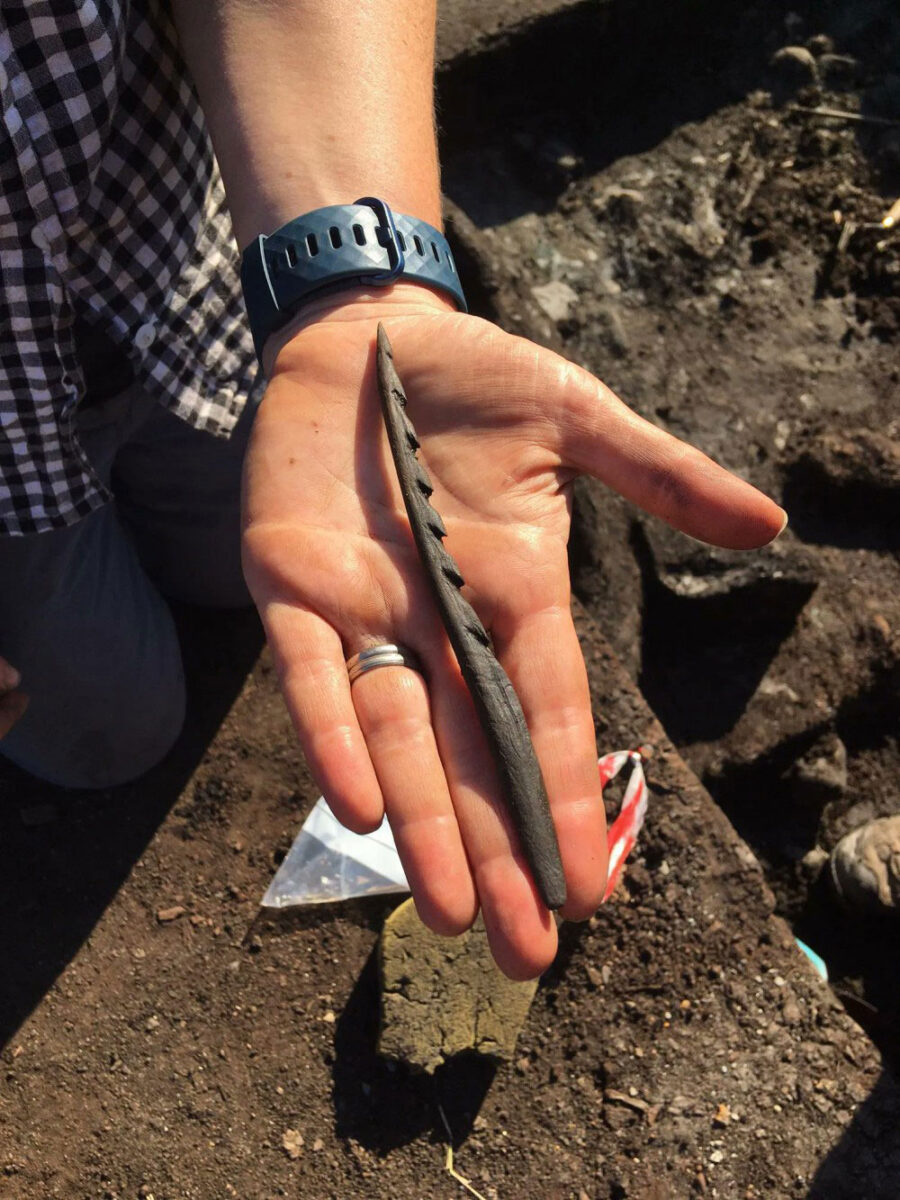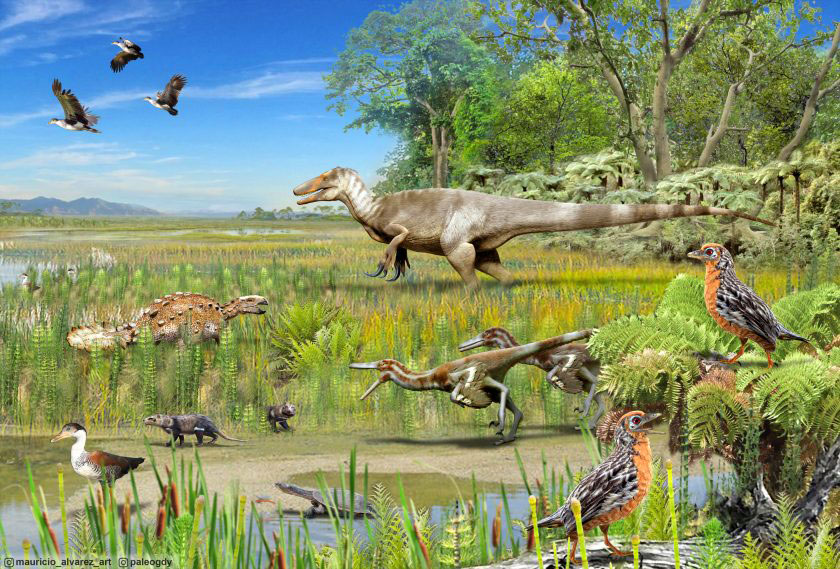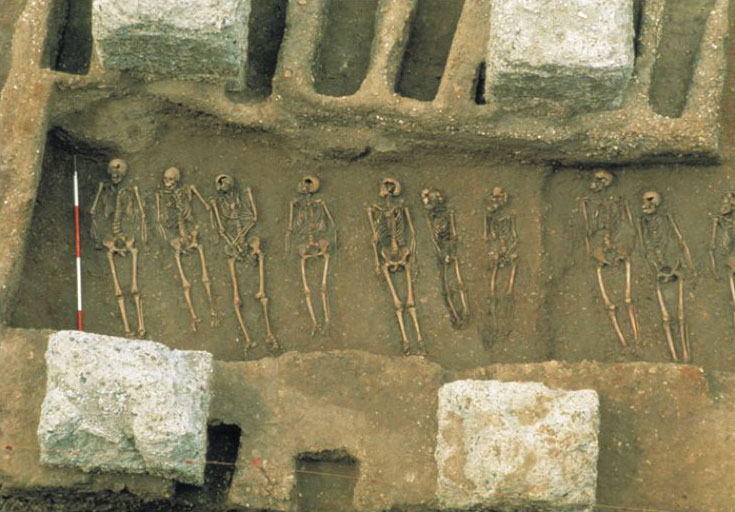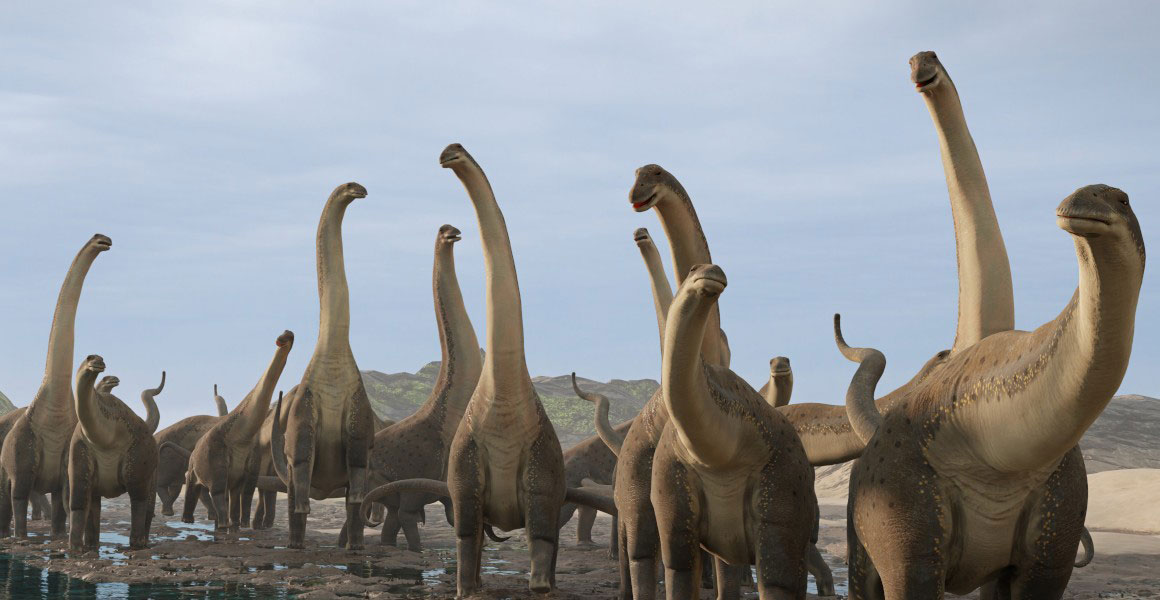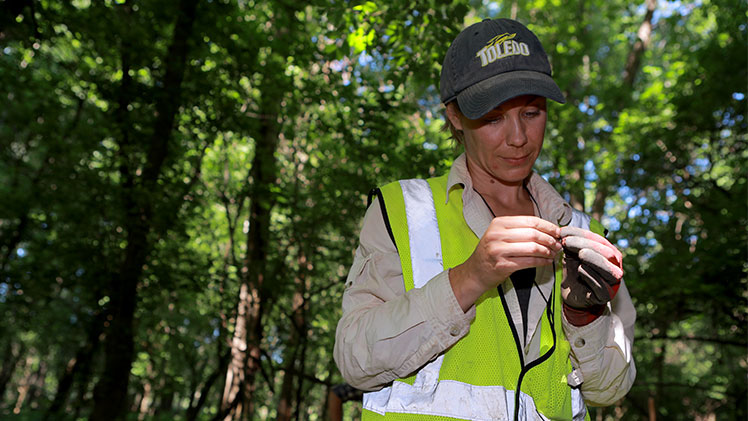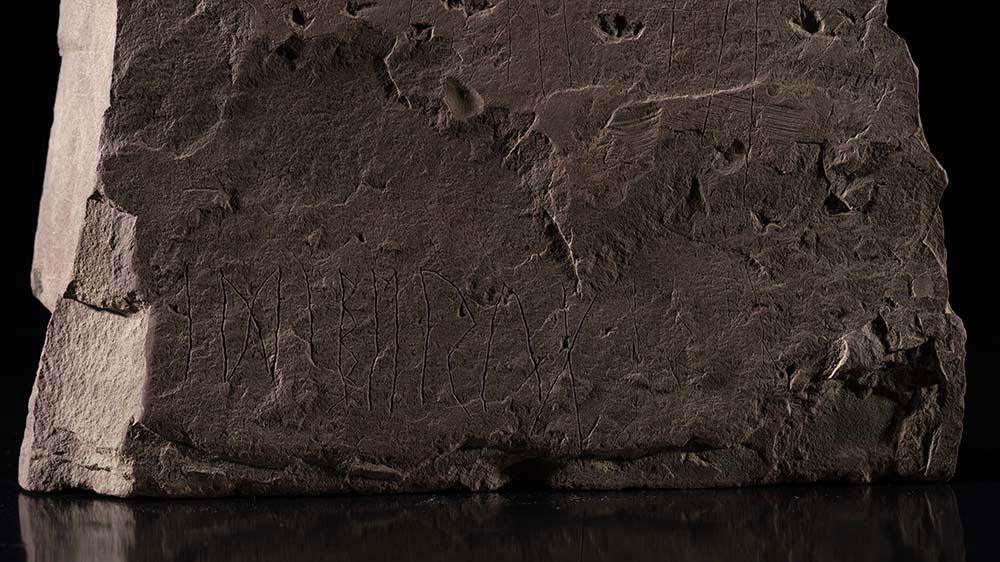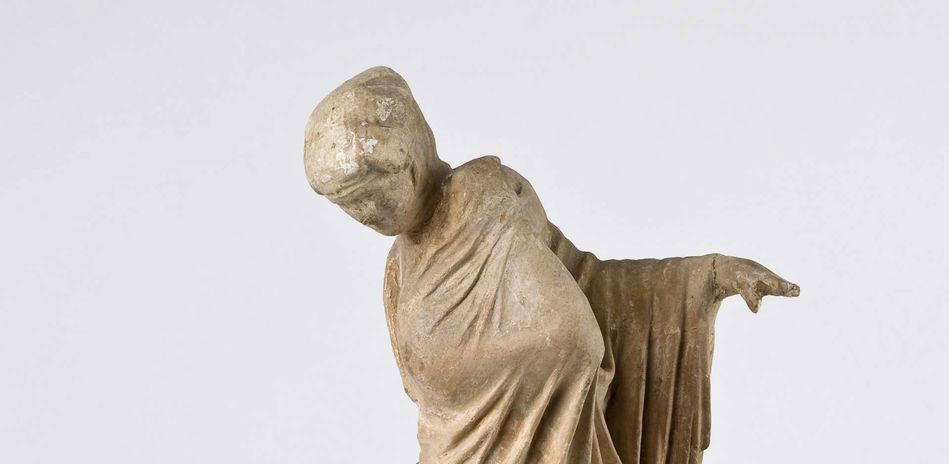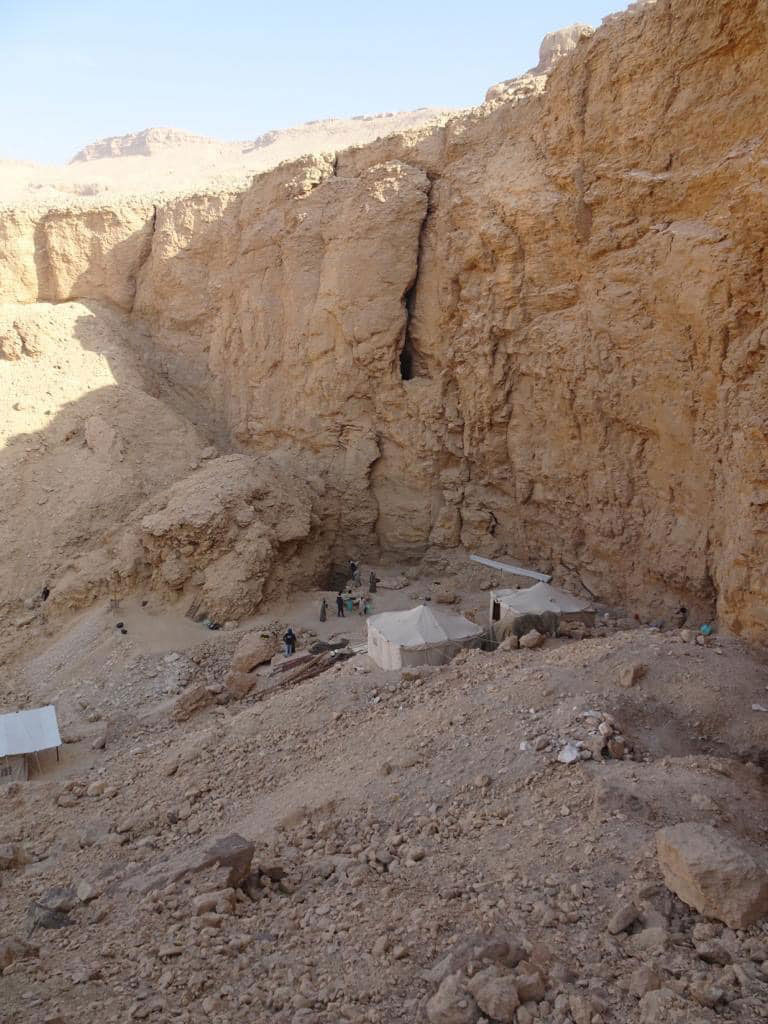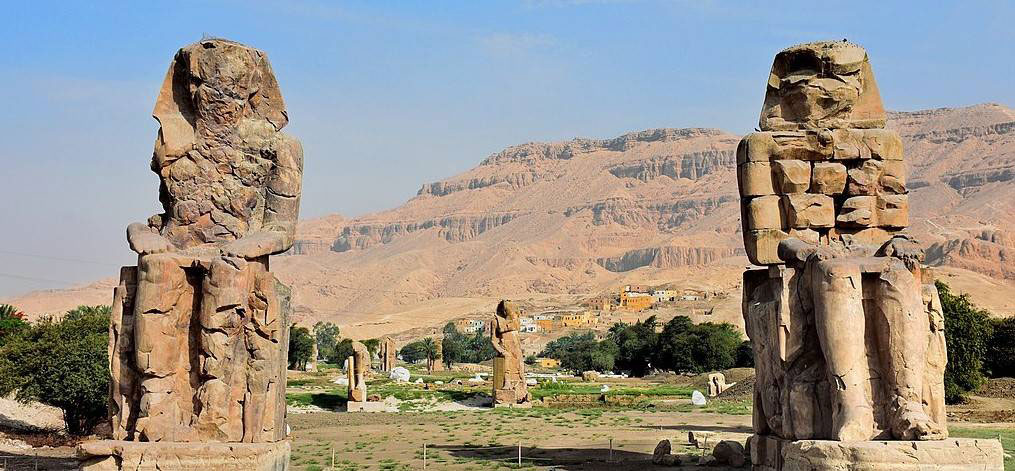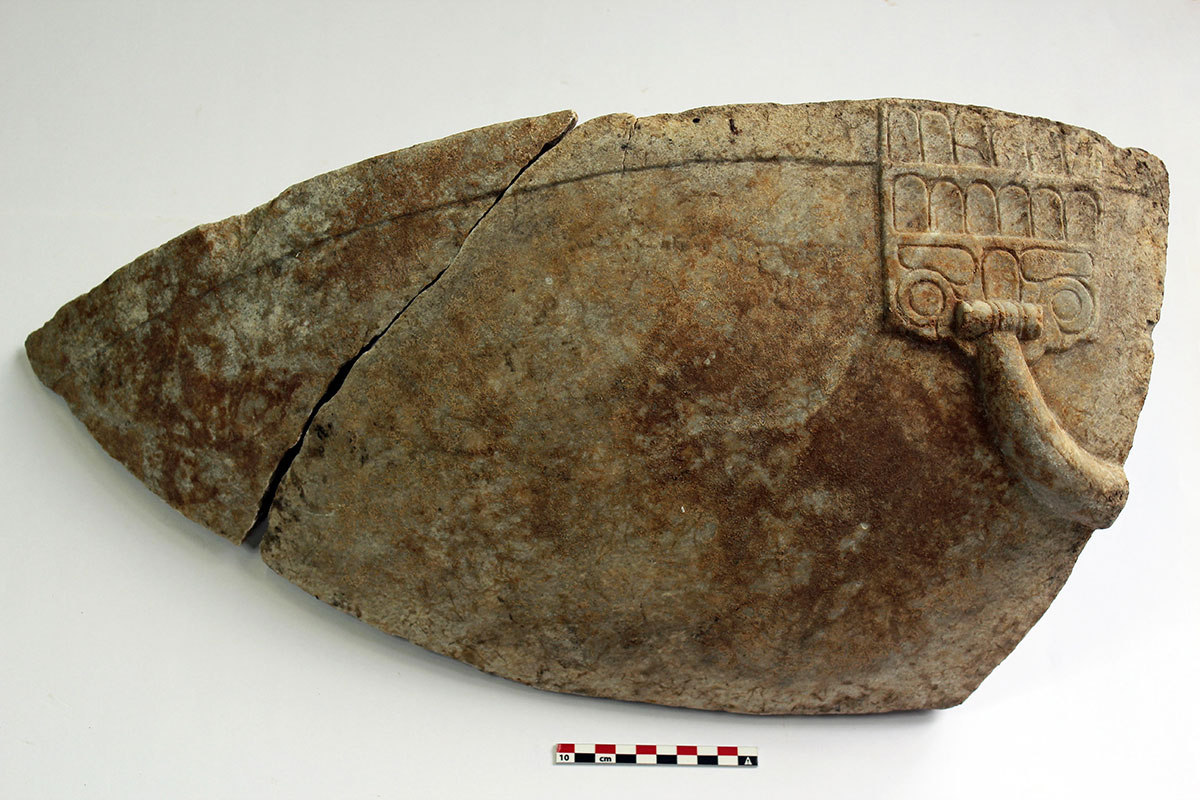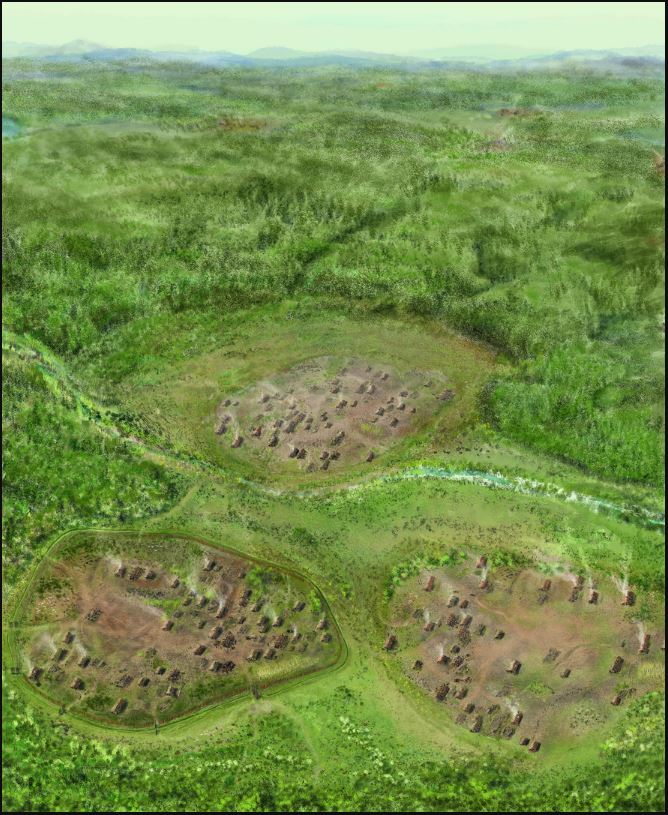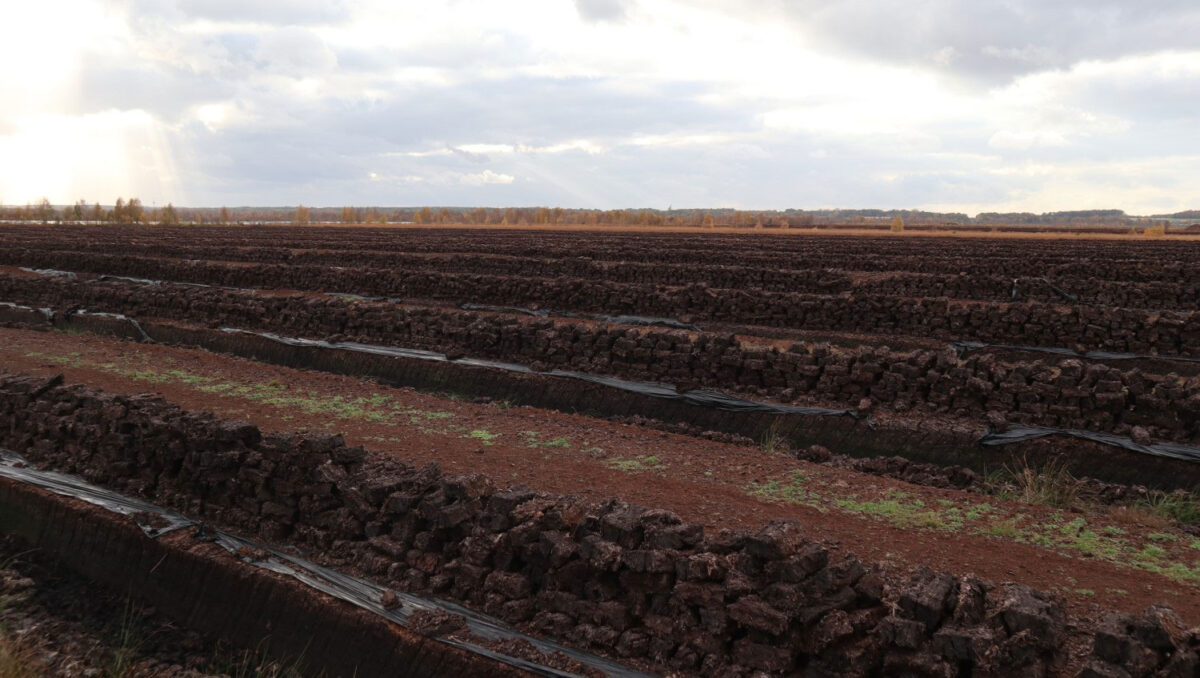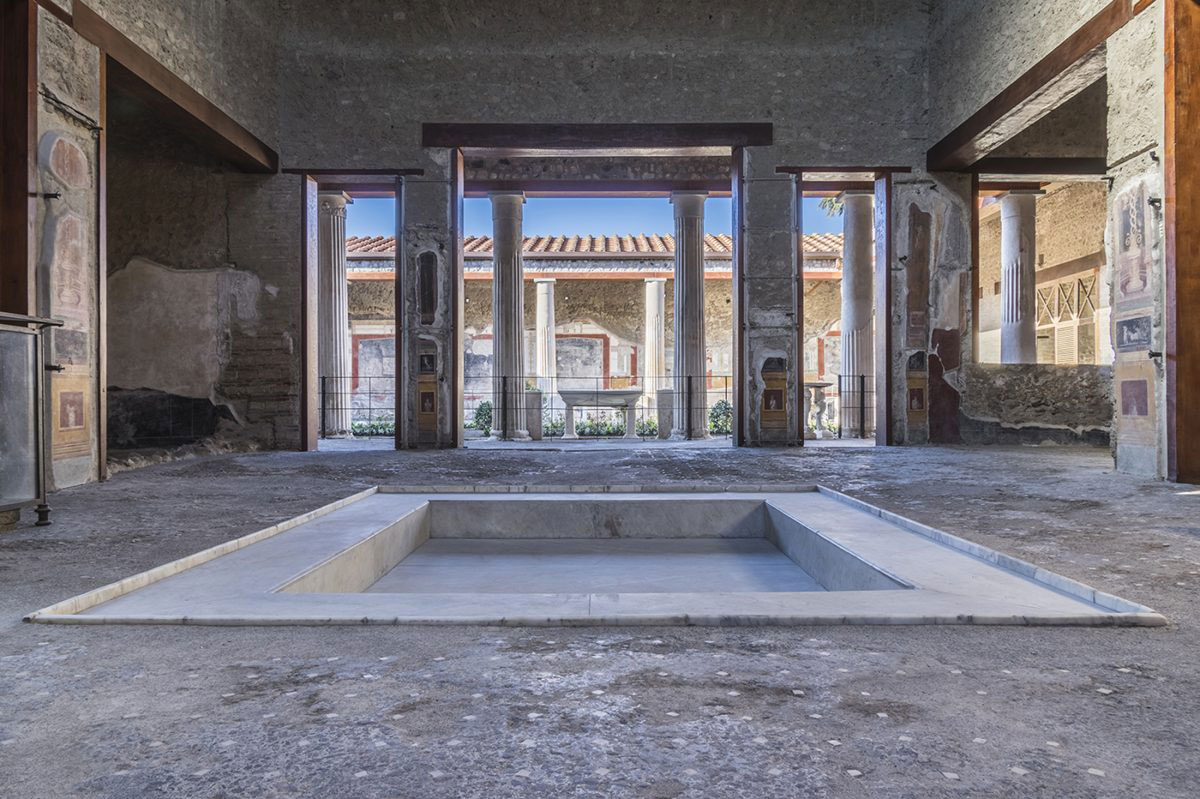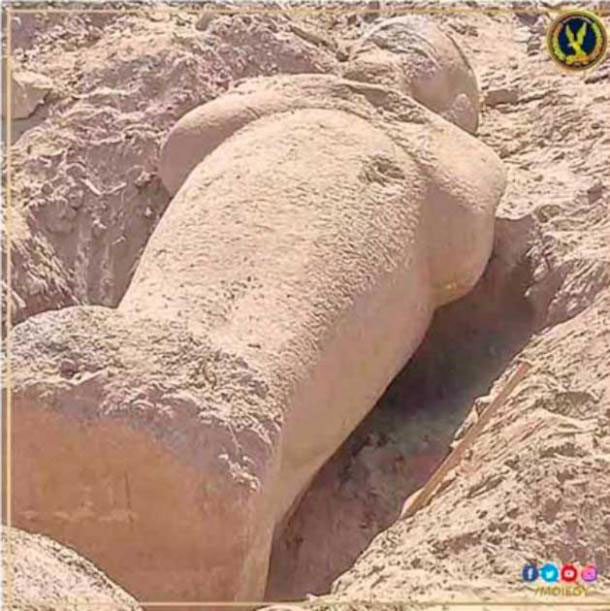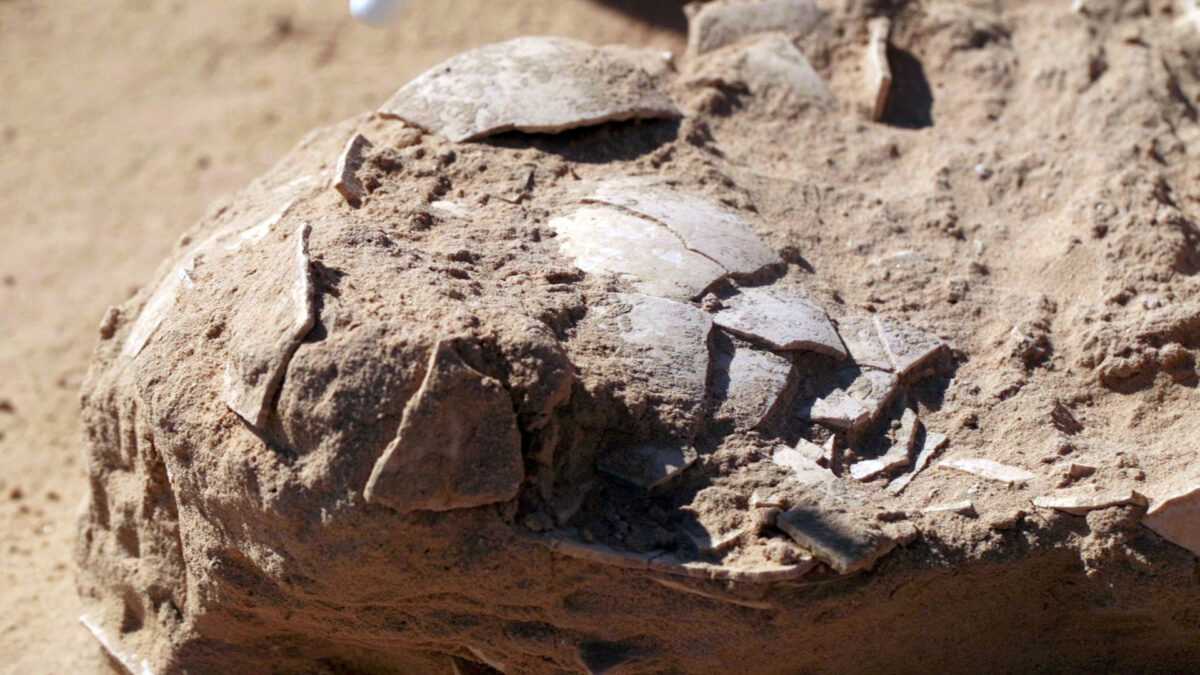Authentic 3,000-Year-Old Bronze Age sword at Field Museum
Once thought to be a replica, this authentic, ancient sword will be on view as a teaser for First Kings of Europe exhibition.
Waterlogged wood found in Bedforshire
Incredible wooden objects found were preserved in the boggy ground for 2000 years.
Shedding light on the lives of Stone Age hunter-gatherers in Britain
Achaeologists made discoveries which shed new light on the communities who inhabited Britain after the end of the last Ice Age.
Islanders: The Making of the Mediterranean
This major free exhibition brings together extraordinary loans of antiquities and cultural treasures from the islands of Sardinia, Cyprus and Crete, with many on display in the UK for the first time.
Fossils Reveal Dinosaurs of Prehistoric Patagonia
A study led by The University of Texas at Austin is providing a glimpse into dinosaur and bird diversity in Patagonia during the Late Cretaceous, just before the non-avian dinosaurs went extinct.
Understanding the elusive origins of the Black Death
Despite massive advances in DNA technology and analysis, the origin, evolution and dissemination of the plague remain notoriously difficult to pinpoint.
Egyptian tomb with ten crocodile mummies discovered
Spanish archaeologists made an unusual discovery in southern Egypt: a still undisturbed tomb containing ten mummified crocodiles.
Culture and Society in Greek, Roman, and Byzantine Egypt
The American Society of Papyrologists invites proposals for papers for its panel “Culture and Society in Greek, Roman, and Byzantine Egypt” at the 2024 meeting.
High mobility of ancient hunter-gatherers 7,500 years ago
International research team says highly connected gene pools over vast distances suggest migrations were common in North Asia since at least the Early Holocene.
Fossilised nests of the world’s largest dinosaur discovered in India
More than 250 titanosaur eggs have been uncovered in India, revealing more about the lives of some of the largest animals which ever lived.
Archaeologist awarded NSF grant to study prehistoric city creation
The ancient Native American city of Cahokia is located near modern-day St. Louis, on the Illinois side of the Mississippi River.
Cognitive Science and the Ancient Mediterranean
The graduate students of the Cornell University Department of Classics invites papers from a range of institutions and expertise in and beyond Greece and Rome to discuss these and related questions in the field.
Found the world’s oldest rune stone
An ancient Norwegian rune stone is attracting international attention among runic scholars and archaeologists. The inscriptions are up to 2,000 years old and date back to the earliest days of the enigmatic history of runic writing.
Quantity and Quality. The World of Greek Terracottas
The exhibition Quantity and Quality at the Altes Museum focuses on the contexts in which clay figures were used, and provides new perspectives on this often overlooked medium.
Marriage in Minoan Crete
An international team of researchers from the Max Planck Institute for Evolutionary Anthropology in Leipzig, Germany, achieves completely new insights into Bronze Age marriage rules and family structures in Greece.
Royal tomb discovery reported at Luxor’s Western Valleys
The discovery has been reported at Luxor’s Western Valleys’ area SW of the Valley of the Kings, on the Nile’s west bank opposite Luxor.
Greece in Egypt and Egypt in Greece, from Homer to Rome and Byzantium
A project aiming to study the multifold cultural interactions between Greece and Egypt from prehistory up to the Byzantine period.
Alexander Graham Bell’s experimental sound recordings to be preserved
The Smithsonian’s National Museum of American History will embark this fall on a new round of sound recovery to restore some of the world’s earliest recordings.
Mainz University contributes to recent discovery of the temple of Poseidon
Natural Hazard Research and Geoarchaeology team of JGU is investigating coastal developments in Western Greece over the last 11,600 years.
Headless skeletons in a settlement trench: A 7000-year-old mass grave?
Archaeologists from the Collaborative Research Centre (SFB) 1266 came across an unusual find during this year's excavations in Slovakia.
Bogs reveal millennia-old stories about violence and religion
An international team of archaeologists and earth scientists have analysed hundreds of human remains found in Europe’s wetlands.
House of the Vettii in Pompeii re-opened
The lavish house in Pompeii has opened its doors to the public after two decades of restoration.
Three people arrested for trying to steal Ramesses II statue
Three men sneaked into the southern quarry area in Upper Egypt governate of Aswan, where they planned to lift the 10-tons Ramesses II statue with a crane.
4,000-year-old ostrich eggs uncovered in the Negev dunes
They were discovered next to an ancient fire pit in an IAA excavation, initiated by the JNF and the Ramat Negev Regional Council.
